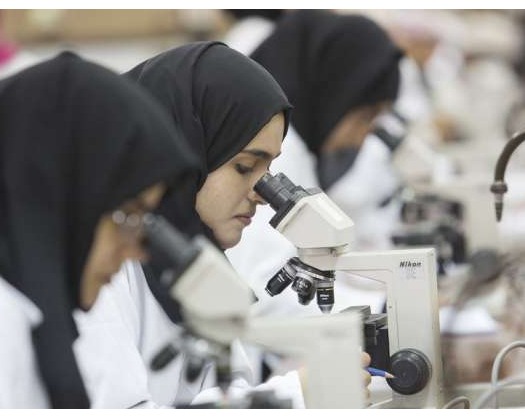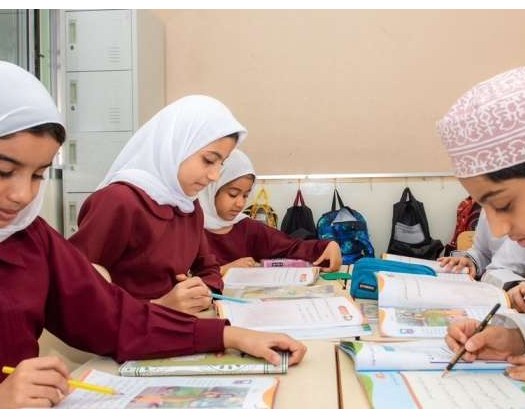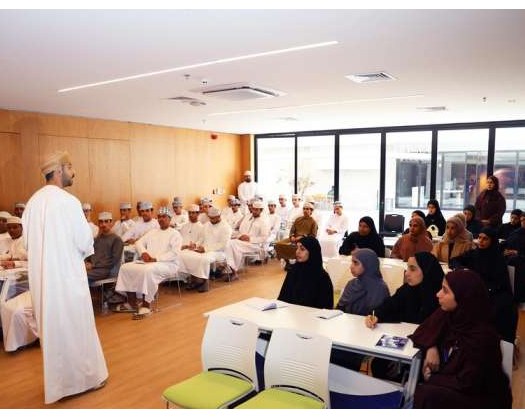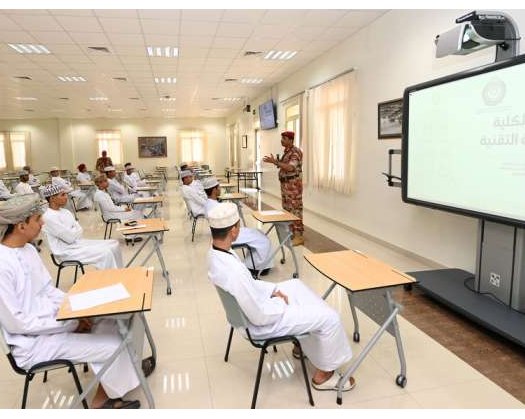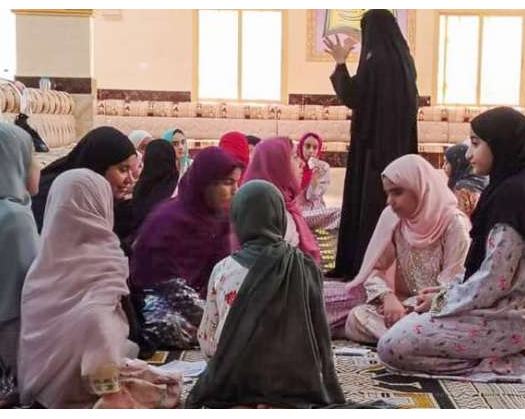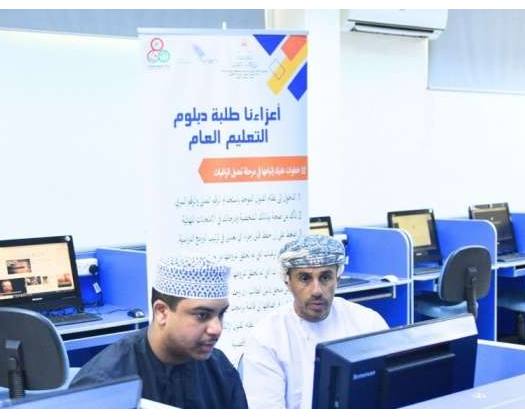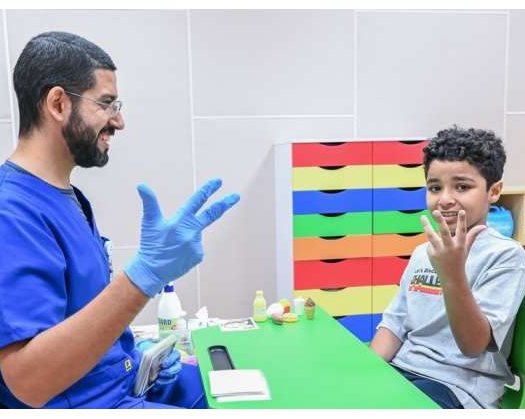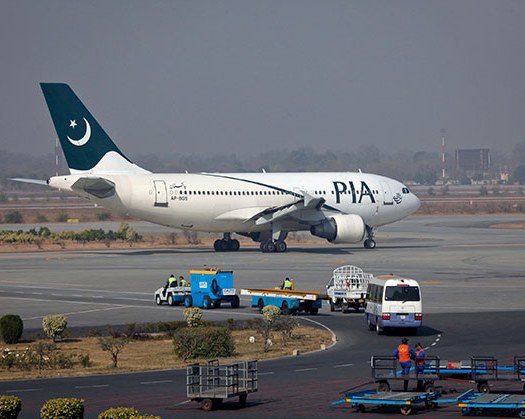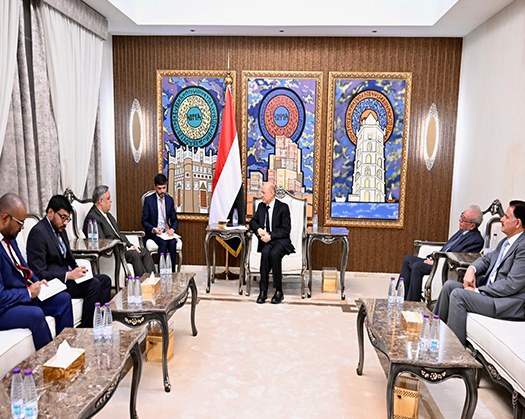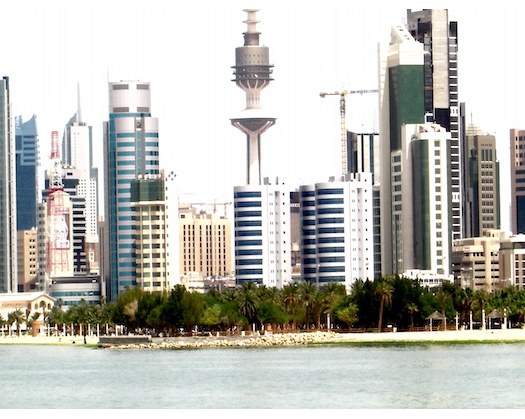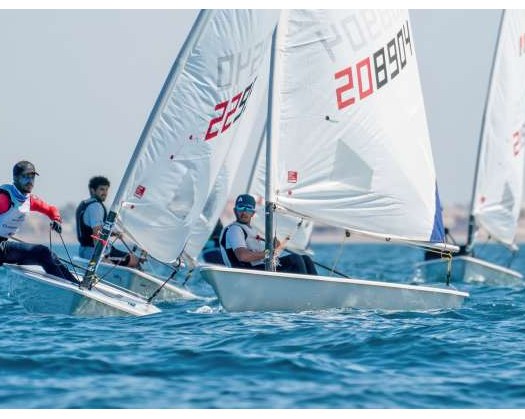Muscat: The Sultanate of Oman is actively working to encourage research and development, which has resulted in a 10-position rise in the Global Innovation Index (GII) issued by the World Intellectual Property Organization (WIPO) over the last four years—from 84th to 74th place.
Furthermore, Oman increased its rating in innovation outputs by 23 spots, from 109th to 86th.
In this context, Dr. Saif Abdullah Al Haddabi, Undersecretary for Research and Innovation at the Ministry of Higher Education, Research, and Innovation, told Oman News Agency (ONA) that the recent praise from the World Bank for Oman Vision 2040—which places a strong emphasis on human capital development, educational quality improvement, and the creation of a culture of research and innovation—reflects the joint efforts of all relevant stakeholders working diligently to achieve the vision's objectives.
He noted that Oman, as part of Oman Vision 2040, aspires to be among the top 40 countries in the Global Innovation Index by 2030 and the top 20 by 2040.
He highlighted that the innovation index is one of the most important indicators in Oman Vision 2040, since it has an impact on competitiveness and other major indicators. The index is calculated by WIPO using data from the World Bank, UNESCO, and 13 other global groups.
At the national level, he said, the index is assessed using infrastructure and digital framework projects. This includes research centers such as the Muscat Innovation Complex, which already has infrastructure, as well as the Oman Research and Education Network (OMREN), which covers over 99% of institutions and connects all universities and colleges in Oman while providing over 23 services.
He emphasized the development of digital infrastructure via Oman Research Portal, an integrated digital platform that oversees research programs by evaluating, funding, and monitoring their progress.
Furthermore, work is under way to develop a research equipment platform that catalogs and categorizes research tools used by academics, business organizations, and other stakeholders.
Al Haddabi stated that the Ministry of Higher Education, Research, and Innovation runs various programs to promote scientific research in Oman, which are divided into three primary initiatives aimed at the academic, government, and industrial sectors.
The Scientific Publishing Program, he said, is an international benchmark for knowledge production, monitoring publications in reputable scientific publications.
This initiative improves Oman's performance in the Global Innovation Index's knowledge output measures.
Since 2018, the Ministry has supported 2,228 research proposals through the Academic Sector Research Support Program (Performance-Based Institutional Funding), including 475 projects totaling around OMR2. 4 million last year.
Seventy-four projects were funded under the government sector's Strategic Research Programme, which addressed institutional issues, whereas the Industrial Sector's Ijada Program supported 61 projects with a total investment of OMR2. 5 million.
Al Haddabi emphasised that these integrated programmes, initiatives, and funding mechanisms work together to advance Oman Vision 2040 goals, raise Oman's global rankings, and improve the efficiency of national research and innovation.
He presented 13 innovation and capacity-building initiatives, including the National Program for Supporting Innovation Centers in Higher Education, the Student Graduation Projects to Startups Program, the Falling Walls Competition, and national research awards recognizing researchers from all fields.
Omani inventors and researchers also engage in international competitions such as the Geneva International Exhibition of Inventions, the Kuala Lumpur International Invention Awards, and the Lindau Nobel Laureate Meetings.
He addressed on the National Innovation Strategy's four pillars: knowledge-based economic diversification (transforming traditional products into high-value outputs using technology and knowledge), human capital (investing in education, skills, and cognitive development to encourage innovative solutions), institutional integration (strengthening collaboration among government, academic, and industrial organizations to address national challenges), and intellectual property (IP) (protecting innovators' rights and patents to ensure long-term investment in innovation, with intangible assets such as patents serving as critical resources for licensing or commercialization).
In terms of future plans, he said that the Ministry is developing structured strategies to foster academic innovation through establishment and empowerment pathways, which include six university incubators. Programs are intended to be adaptable and scalable in order to provide the most benefit to researchers and innovators.
Upcoming projects include the establishment of Oman Innovates, a national network that centralizes innovation services—facilitating access to support, registration, financing, and investor connections—to serve as Oman's digital innovation center.
In conclusion, Al Haddabi emphasized the media's critical role in promoting a scientific and innovation culture, which is essential to creating a generation of innovators and entrepreneurs. He noted increasing awareness in schools and universities through contests and events, indicating the country's rapid progress in research and innovation.

